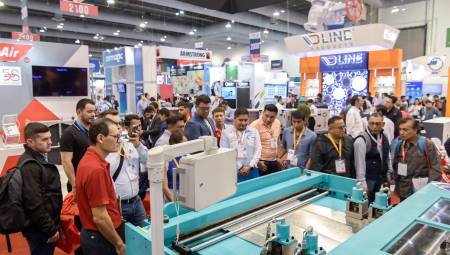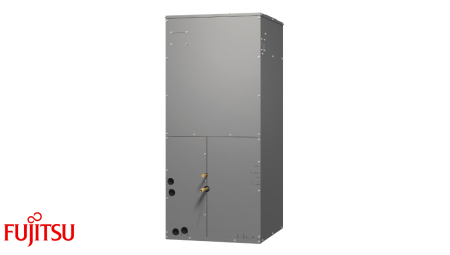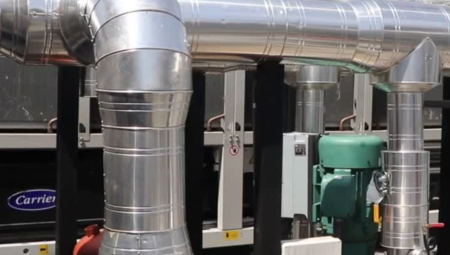 There are different tools that allow an adequate diagnosis of the quality of energy consumed. This is important for analyzing the costs and performance of the energy used in your facility.
by Ígor Abrahão Paranhos*
There are different tools that allow an adequate diagnosis of the quality of energy consumed. This is important for analyzing the costs and performance of the energy used in your facility.
by Ígor Abrahão Paranhos*
In the first installment of this article we saw some issues related to energy monitoring and the strategies that can be implemented to obtain the best energy performance, which leads to satisfactory results in economic terms and system performance. Now we will see how the harmonic current is handled and what solutions exist for some types of electrical alterations.
Harmonic
From the 90s, when the volume of electronic equipment began to be equated with that of electrical equipment, harmonic disturbances became quite important within the EEC (Quality of Electric Power), due to their frequent incidence, the notable dangers they entail and the complexity of their understanding and mitigation.
Energy consumers are constantly being watched complain to concessionaires about the deficiency of the EEC, while it is their own equipment that causes such disturbances, by using power electronics components, such as diodes, thyristors, triacs, transistors, etc.
A harmonic voltage or current can be defined as a sinusoidal signal, whose frequency is a multiple of the fundamental frequency. Inter harmonics are signals not multiples of the fundamental frequency, which can be originated from charges such as cycloconverters and arc furnaces.
When talking about odd harmonics, depending on the order (3°, 5°, 7°...), they can have a positive sequence where, in the case of a motor (3F + N), they tend to drive the rotor in the same direction as the fundamental component, causing over current and increase in temperature (which means waste of energy and reduction of the useful life of the machine); or a negative sequence, where which would force the engine to turn in the opposite direction, also causing overheating; or zero sequence, which would have no influence on the direction of rotation of the motor, but are added algebraically to the current of the neutral, implying serious consequences.
An electrical signal composed of the fundamental plus the harmonics can be broken down.
The harmonic spectrum is a representation of the waveform in the frequency domain, where it is possible to verify the levels (amplitude) of each order as a percentage. This information is very important, because each harmonica has its peculiarities, and must be treated in a particular way.
Also very important is the information of the total harmonic distortion, voltage or current, which provides an overview of the presence of these alterations. Equation 1 shows how this information can be calculated, where "h1" is the amplitude of the fundamental, and the other values (2, 3, 4..n) are the orders of the harmonicas.
Equation 1
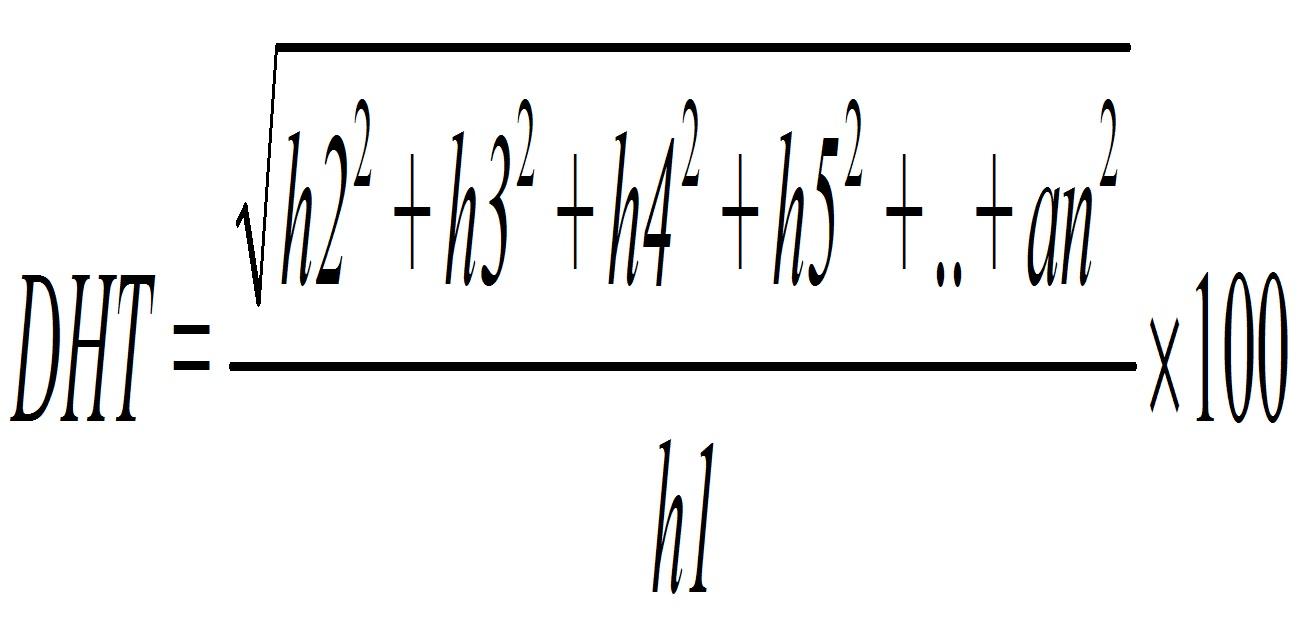 Among the various effects caused by harmonicas in the EEC, one of them, and important to be observed, is the effect on the power factor (FP). As the presence of these signals, of a frequency different from the fundamental one, influences the apparent power, consequently they alter the FP. That is, the higher the level of harmonic distortion, the higher the apparent power, and the lower the FP. Figure 2 shows the influence of harmonicas on the power triangle, and it can be seen that the harmonic power (H) modifies the figure for a three-dimensional geometry.
Figure 2 – Triangle of powers including harmonicas
Among the various effects caused by harmonicas in the EEC, one of them, and important to be observed, is the effect on the power factor (FP). As the presence of these signals, of a frequency different from the fundamental one, influences the apparent power, consequently they alter the FP. That is, the higher the level of harmonic distortion, the higher the apparent power, and the lower the FP. Figure 2 shows the influence of harmonicas on the power triangle, and it can be seen that the harmonic power (H) modifies the figure for a three-dimensional geometry.
Figure 2 – Triangle of powers including harmonicas
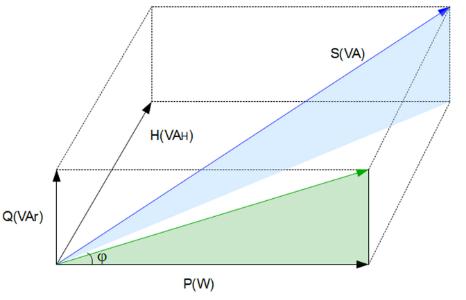
To exemplify in numbers, the graph in Figure 3 shows two purely sinusoidal signals, one of voltage, in green, and another of current, in blue, and also a current signal with harmonics up to the 15th order, in red. Through equation 2, where the numerator represents the active power, and the denominator the apparent power, the FP was calculated for the undistorted current, whose value was equal to 0.866, and for the current with harmonicas, where FP=0.835 was obtained, proving that the presence of harmonicas made the FP lower.
The fact just exemplified may reveal why, at certain times, the insertion of a greater number of capacitors into the network will not raise the FP to the unit value. The capacitive units correct, only, the lag of the current fundamental with the voltage (displacement power factor).
Other examples of undesirable consequences that harmonics can generate, in addition to heating in conductors and decrease in FP, already cited, are the firing of protective devices; and the phenomenon of resonance; vibrations and couplings; increased voltage drop; elevation of the voltage between neutral and earth, among others.
Equation 2
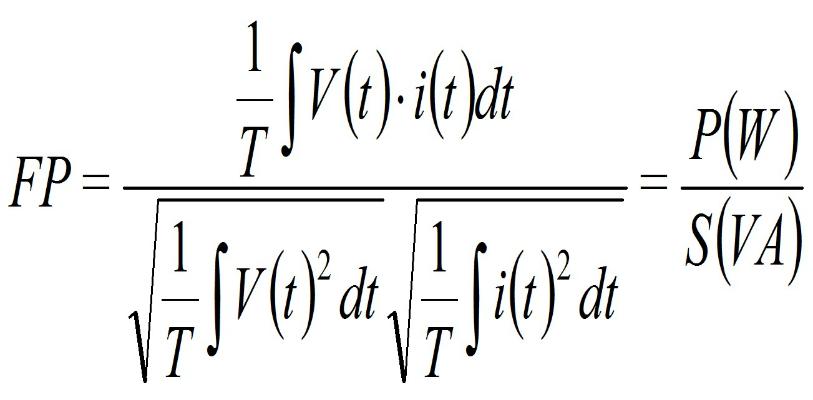 Figure 3 - Purely sinusoidal voltage signal, and currents, with and without harmonics
Figure 3 - Purely sinusoidal voltage signal, and currents, with and without harmonics
 Solutions for some alterations
Solutions for some alterations
Due to the fact that there are several types of alterations in electrical energy, there are many devices and technologies for correcting them. The tools found in the market are applied to the main problems and, finding the right marriage between the device and the fault to be repaired is one of the great challenges, requiring an analysis process. Table 3 shows possible tools for some common alterations.
It is interesting to understand that devices for the correction of alterations must "manage" energy, and not eliminate it. The energy of impulses must be controlled, so as not to harm the protected loads, for example.
Studies are constantly being developed for the development of new tools and technologies for the treatment of CEE problems. Many studies are academic, and others developed in industry, for the placement of their products on the market.
However, it is possible to treat some alterations by means of simple elements, such as the transient voltage irruption suppressor (TVSS), line filters, noise filters, passive harmonica filters, insulation transformers and capacitor banks, there are also advanced equipment, based on micro-controllers and modern control strategies, for monitoring and acting in real time.
Table 3: Possible treatments for common disorders
 These include, among other sophisticated equipment, active filters, which have the advantage over passive filters of compensating for the effects of harmonics without harming the fundamental frequency. This is advantageous because they do not introduce resonances that can diversify the harmonic alterations according to the applied frequency.
Active filters, which can also have a passive part (being known as hybrids), are a very powerful tool for the treatment of EEC. Meanwhile, for larger powers, the cost is still high.
These include, among other sophisticated equipment, active filters, which have the advantage over passive filters of compensating for the effects of harmonics without harming the fundamental frequency. This is advantageous because they do not introduce resonances that can diversify the harmonic alterations according to the applied frequency.
Active filters, which can also have a passive part (being known as hybrids), are a very powerful tool for the treatment of EEC. Meanwhile, for larger powers, the cost is still high.
Conclusions
The use of electrical energy was always very important for human development. More recently, with the use of power electronics components, and due to the use of circuits sensitive to the quality of energy, actions for the monitoring and control of possible problems have been gaining a lot of value and interest.
It is perceived that there is a strong trend for the integration of electrical information data in management systems, based on the knowledge that the financial cost with the energy account is relevant to the profitability of companies, and that companies want to have a greater accounting domain, whether they are geographically distributed or not. In this way, tools for this supervision and assistance in decision-making have been increasingly used.
In general, THE problems of CEE have been financially incumbent on consumers, and therefore industries and users from different sectors are paying more attention to the existing alterations. Among the best known disturbances, which have different particularities (harmful effects and forms of mitigation), the harmonic ones stand out, which are of complex understanding and correction, and have a considerable incidence, due to the appearance of non-linear loads.
Although the problems of CEE require advanced studies for their resolution, there are several tools and technologies developed for the implementation of corrective actions. In addition to passive components; Quite elaborate instruments and equipment are currently found on the market, to allow energy consumers to coexist with the alterations present in it, within acceptable limits.
It is important to note that this issue is quite extensive, and the approach developed here must be complemented in other literatures.
*Ígor Abrahão Paranhos, Development Engineer at Full Gauge Controls.







